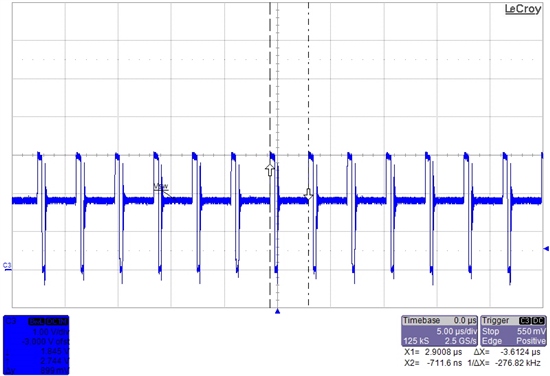Hello, all
Now we have one inquiry regarding shutdown current on TPS62240 from our customer.
Please refer to the item below, and feedback us with your comment.
When referring page3 of datasheet, this shutdown current (ISD) is defined as 0.1uA (Typ) and 1uA (Max), based on the condition VIN=3.6V.
I assume that this means 0.1uA (Typ) is for TA=25°C and 1uA (Max) is for TA=85°C.
However, when referring Figure 22 on page11, this would be different as 0.02uA (Typ) is for TA=25°C and 0.42uA (Max) is for TA=85°C.
Please let us clarify how to understand this characteristic properly.
Also, please let us know how would this shutdown current would be in case of TA=40°C.
We thank you in advance for your information.
Best regards,


